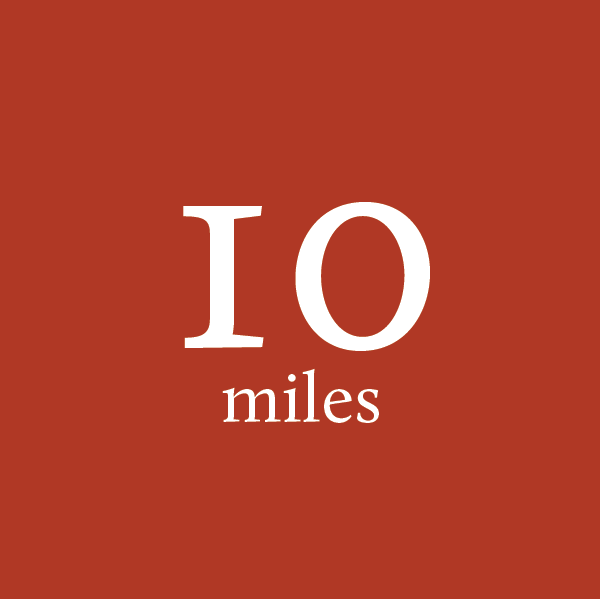
Both a natural resource and natural wonder, Grand Canyon National Park preserves over 270 untamed miles of the Colorado River, thousands of archaeological sites, and three of four desert types in North America. But you don’t have to be a geologist, archaeologist, or historian to appreciate the Grand Canyon. Join the millions of visitors who come each year to sightsee, hike, backpack, or raft in the Grand Canyon.
Perhaps the hardest thing about planning a trip to the Grand Canyon is choosing which piece of it to experience. People spend lifetimes adventuring in the canyon yet never see every nook and cranny. So, rule number one: accept that you can't see it all.
For most casual park-goers, a trip to Grand Canyon National Park begins at either the South or North rims. Traveling between the two takes time and gasoline. Though only 10 miles apart as the crow flies, it's a 200-mile drive between the two rims by car. Which part of the park you visit depends on how much time you have and the park experience you're looking for.
While you can expect stellar views, you also can expect crowds — over 90 percent of park tourists visit the South Rim. But as the most popular part of the canyon, the South Rim also has the most services, amenities, and attractions. Grand Canyon Village includes the main park visitor center, campgrounds, lodges, museums, gift shops, restaurants, and shuttle buses to major viewpoints.
The South Rim, open year-round, also grants access to two of the Grand Canyon's most popular trails — the Bright Angel and South Kaibab trails — where many rim-to-rim hikers start or end their trip. Camping below the rim requires a backcountry permit ›
Getting there: You can reach the South Rim and Grand Canyon Village from Williams, Arizona via Hwy 64, or from Flagstaff, Arizona via Hwy 180 or Hwy 89 towards Cameron.
Trails: Bright Angel Trail | South Kaibab Trail | Hermit Trail | Boucher Trail | Grandview Trail | New Hance Trail | Tanner Trail | Tonto Trail: Grandview to Bright Angel | Tonto Trail Bright Angel to Hermit | Tonto Trail: Hermit to Boucher
North Rim
The North Rim receives far fewer visitors than the South Rim, but what it lacks in infrastructure it makes up for in solitude and seclusion. The views from the porch at Grand Canyon Lodge alone make the long trip worthwhile, and if your trail legs are up for it, a jaunt down the North Kaibab Trail is a must.
The North Rim is also about 1,000 feet higher than the South Rim, making it a cool respite and perfect summertime destination. Because it gets significantly more snow in the winter, the North Rim's services and roads close each year from mid-October to mid-May. But in good snow years, cold-hardy soles can cross country ski into the park starting from Jacob Lake.
Getting there: Take Hwy 89A to Jacob Lake, Arizona. From there, continue south on Hwy 67 for an additional 43 miles.
Trails: North Kaibab Trail | Widforss Trail | Ken Patrick Trail | Clear Creek Trail | Cliff Spring Trail | Uncle Jim Trail
View in Full Screen (suggested for mobile)
"This name change reinserts the Havasupai into your history, the history that has been taught to millions of children in the school system. History that left us out on purpose to sell the idea that the Grand Canyon was wild and needed to be tamed, that our territory was unoccupied and needed to be settled… that we would be fully assimilated."
— Ophelia Watahomigie-Corliss on the meaning of renaming a popular Grand Canyon tourist destination. Read her story ›

The oldest rocks at the bottom of the Grand Canyon are nearly 2 billion years old.

From rim to river, the deepest vertical point in the canyon is 6,000 feet.

The width of the canyon ranges from 10-18 straight-line miles across rims.

The Grand Canyon is 277 miles long by river, from Lee’s Ferry to the Grand Wash Cliffs.
Join the Grand Canyon Trust today to receive your adventure kit:

Water is life in the Grand Canyon, but uranium mines located on public land mere miles from the North and South Rims threaten to contaminate the Grand Canyon's waters. The Park Service warns hikers not to drink out of several creeks along the Tonto Trail because of contamination from a uranium mine that closed in 1969.

The future of the Grand Canyon is in your hands. Will you donate today to help protect it forever?

Find out about opportunities to speak up for the Grand Canyon when it needs you most.
80% of Arizona voters support Baaj Nwaavjo I'tah Kukveni National Monument, according to a new poll.
Read MoreThe Colorado River below Glen Canyon Dam is heating up. Find out why.
Read MoreGroundwater pumping at a uranium mine near the Grand Canyon will affect the canyon's springs, scientists says.
Read More